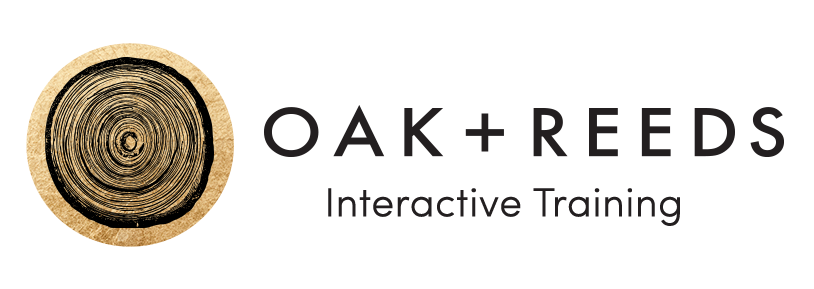How Do You Assess a Workplace Conflict?
Welcome to our ongoing conversation about managing conflict at work.
Part I - read here!
Part II - read here!
A team feels psychologically safe when its members feel safe from interpersonal or social threats to their “self or identity, their status or standing and to their career or employment when engaging in learning behaviors such as asking for help, seeking feedback, admitting errors or lack of knowledge, trying something new or voicing work-related dissenting views”.
The collaborative conflict process promotes psychological safety, an atmosphere where people feel safe admitting errors and learning from these errors as a team.
Healthy conflict also allows teams to merge perspectives, leading to brand new ideas. Through active listening and reflection, teams can shift their conflict mindset from “Me vs. You” to “Us vs. The Problem” - which helps teams build trust and respect.
While a collaborative approach to conflict is the most time, labor, and emotionally-intensive approach, it strengthens interpersonal relationships within a team by laying down a foundation of trust and empathy, making it easier to solve problems in the future.
Preparation: How to assess a conflict
In order to accurately assess a conflict scenario to choose the right approach, begin by gathering the right information with the following “conflict assessment questions”:
Is the conflict situation plagued with overwhelming stress?
Is the conflict simple or complex?
How important is the topic for both people?
Is there sufficient time (or will people make the time) to address their conflict?
Do people have good listening and communication skills (to avoid becoming defensive)?
Do cultural norms and systems encourage people to be open and honest?
How important is the relationship to both people (and do they want their relationship to last)?
Based on these answers, and the “when to use, when not to use” descriptions outlined in blog post one, you would decide on one of the five styles to use.

